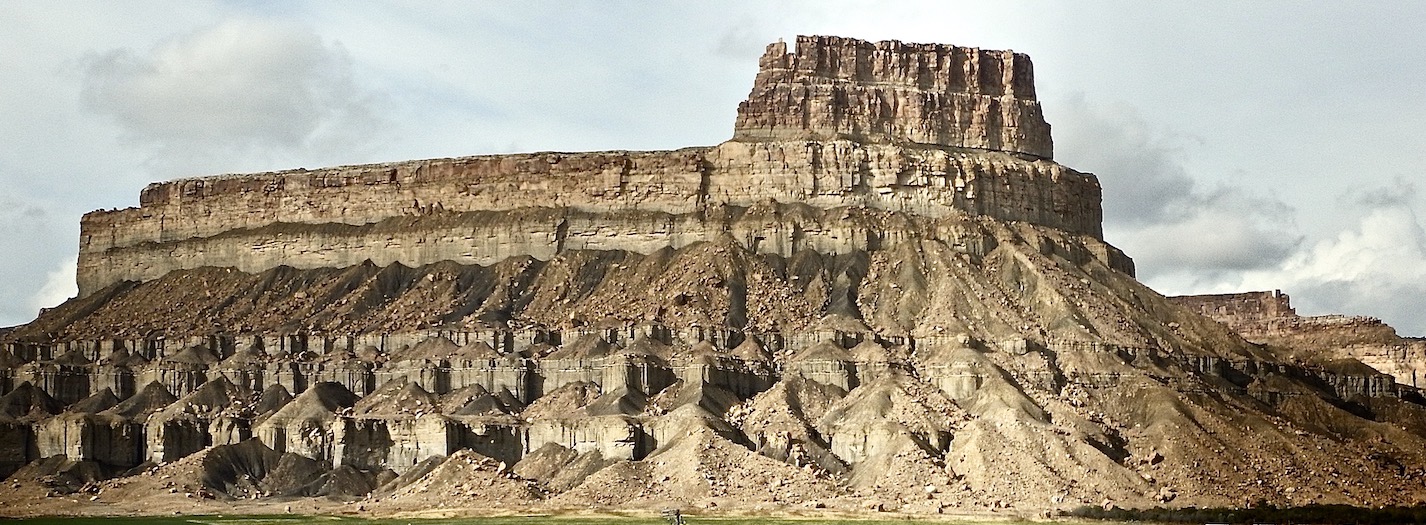
Book Cliffs Field Trip
Course Details
Unlike our competitors we offer two options for a Book Cliffs Field Trip:
Based on popular demand from industry professionals who wish to get a general overview of the most common reservoir types that occur in coastal plain and shallow marine settings, we have collected a series of spectacular outcrops for you to visit.
The field-trip is structured such that we will begin on the coastal plain where you will get to see high-sinuosity channels and point bars. We then compare wave-dominatd deltaic lobes with shorefaces. After spending time on shorefaces and wave dominated deltas we will move on to tide and river dominated deltas (option 1). The last part of the trip focuses on transgressive systems such as estuaries, associated tidal bars, inlets, and barrier islands (option 2).
Participants will spend time collecting data and plotting Gamma Ray logs through these reservoir types such that they can identify similar environments of deposition in their own log data.
This field trip is geared mainly for shallow marine clastic reservoirs. If you would like to focus more on fluvial systems click here.
Who Should Attend
• Geologists
• Geophysicists
• Petrophysicists
• Engineers
The course is designed for geoscientists and reservoir engineers who primarily focus on fluvial and shallow marine successions, especially those involved in building or updating geomodels. Whether your task involves a simple well-correlation across tidal systems, or the input of fluvial channel dimensions into a geomodel this course will benefit you in several ways.
The outline provided below is for option 2, for option 1 (focus on deltas) please send us an email.
Need more information?
Course Outline
Day 1
Arrival at Grand Junction Regional AirportWe will be picking you up at Grand Junction Regional Airport an driving you to your hotel (which we will not only book for you, but will pay for as well).
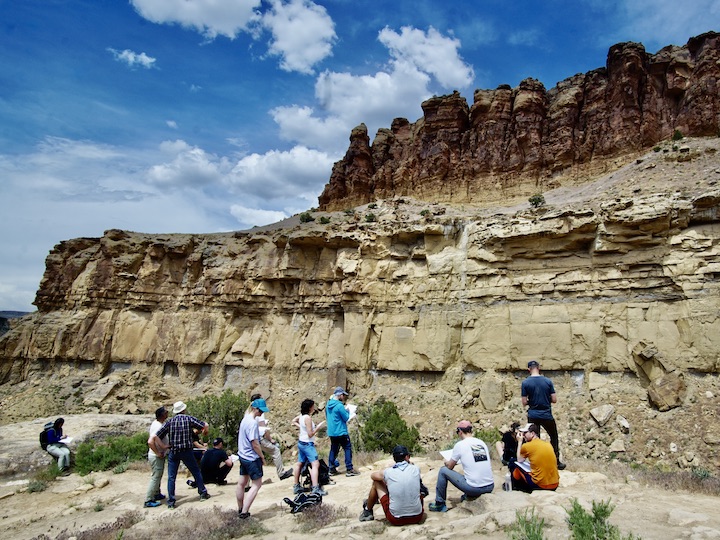
Day 2
We will be gathering at the hotel meeting room for safety briefing, orientation, and classroom lectures on sequence stratigraphy and sedimentology of shallow marine siliciclastics.
We will be heading into some canyons about 20 minutes away from the hotel and spend the day looking at a Cretaceous coastal plain succession. The key point will be identifying both reservoir and non-reservoir facies associations in such settings and discussing models that explain alluvial architecture (there’s a few out and not all of them work!)
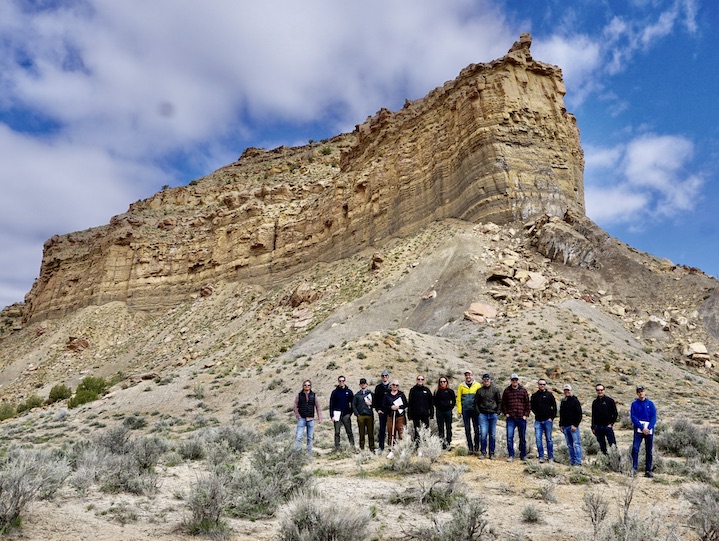
Day 3
Proximal vs distal parasequences – you will look at seismic scale outcrops and will observe pinch-out distances of shoreface sandstones.
We then get into Tuscher Canyon where you will be able to see the facies within a shoreface succession followed by a discussion of halo plays and changing paradigms in the Book Cliffs from Incised Valleys associated with sea-level fall to tidal channel-shoreface couplets.
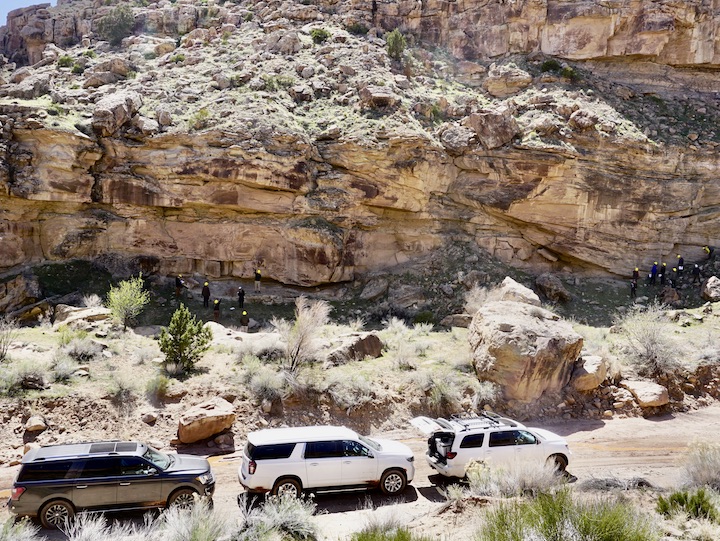
Day 4
Morning lectures will cover tide-influenced deltas and we will then visit outcrops of the Cretaceous Sego Sandstone to look at classic outcrops that were originally interpreted as incised valley fill, now reinterpreted as deep tidal incisions.
Night will be spent in Green River, UT.
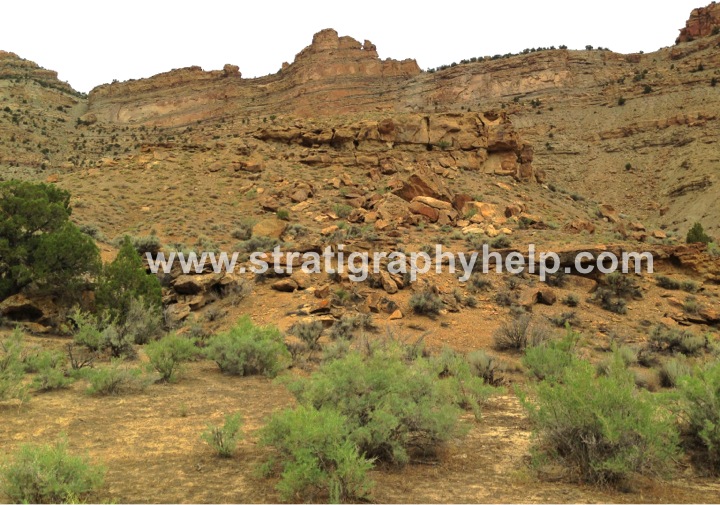
Day 5
After a lecture on incised valleys and the seismic facies of shallow marine siliciclastics we will head back to Colorado. On the way you will get to see seismic-scale outcrops of stacked coastal plain channels.
We will be spending the day at several short field-stops and go landwards to basinwards starting from the fluvial-tidal transition zone to flood tidal deltas at the mouth of a Cretaceous estuary.
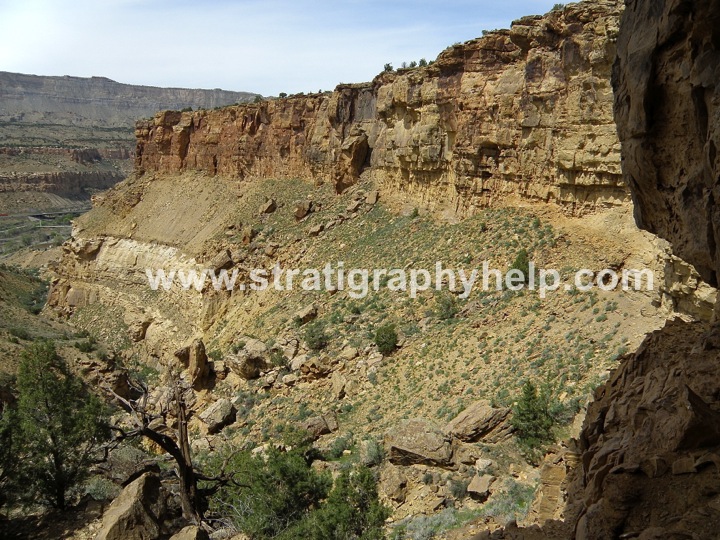
Day 6
In the field you will get to see a beautifully preserved tidal inlet which you will then compare through a series of exercises with tidal channels observed in Utah. We will also examine barrier islands, spit bars, tidal sand waves and a sequence boundary developed at the base of an incised valley.
Afternoon departure from Grand Junction Airport.
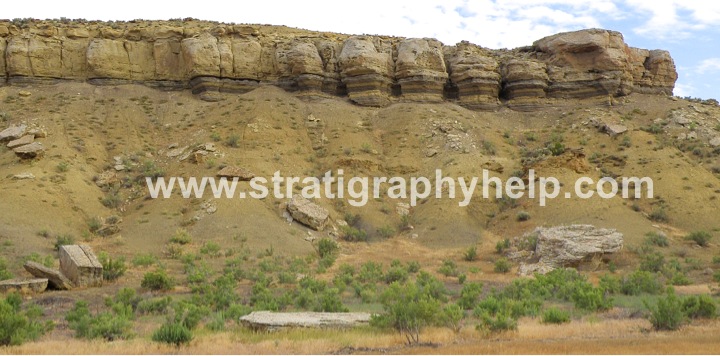
The arrival and departure airport for this course is the Grand Junction Regional Airport. This course is offered upon request only.


